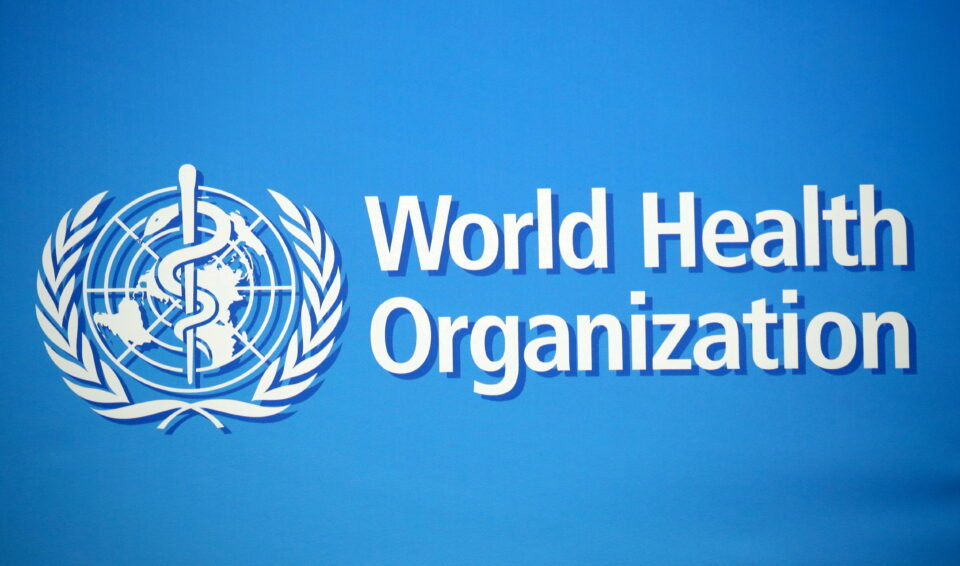By Hassan Zaggi
In its concerted effort to ensure the attainment of Universal Health Coverage (UHC), the World Health Organisation (WHO), has vowed continuous partnership with the Association of Nigeria Health Journalists (ANHEJ) towards promoting health and well-being of all Nigerians.
WHO Nigeria Communication Officer, Charity Warigon, stated this at the 2021 ANHEJ annual conference, at De-Mandoli Hotel, Nasarawa State, Thursday.
She, however, charged the media to continue to remind Nigerians on the need to protect themselves from COVID-19 by imbibing on both the pharmaceutical and non pharmaceutical measures.
According to Warigon: “Our messaging must continue to remind the public that, for the foreseeable future, we must continue to wear masks, physically distance, and avoid crowd.
“Being vaccinated doesn’t mean that we can throw caution to the wind and put ourselves and others at risk: relaxing public health and social measures interventions should be done cautiously and with careful attention paid to those who remain unvaccinated.
“WHO remains resolute in sustaining this mutually beneficial partnership with AHNEJ, towards promoting health and wellbeing, keeping the world safe and serving the vulnerable, to achieve Universal Health Coverage and ensure that no one is left behind.”
She applauded the Nigerian media for being professional by rising to the test of the COVID-19 hesitancy by educating, mobilizing, and creating awareness amongst the populace, despite all challenges.
Warigon, therefore charge the media to, ensure the provision of accurate, timely, credible, understandable, relevant, and actionable information through various communication channels.
Speaking earlier, the President, Association of Nigeria Health Journalists (ANHEJ), Hassan Zaggi, expressed concern that despite the effort of the Federal Government to achieving herd immunity against the Corona virus, some enemies of progress were working hard to frustrate the efforts.
The two-day conference, according to him will focus towards finding workable strategies on how health journalists can convince Nigerians to take the COVID-19 vaccines.
“As critical stakeholders in the sector, we are gathered here, once again, but this time, to brainstorm on the uptake of the COVID-19 vaccine.
“You will agree with me that issues surrounding the uptake of COVID-19 vaccine have been source of concern to us due to vaccine hesitancy arising from several factors.
“Some of these factors include conspiracy theories on the safety of the vaccines, fear of the unknown, false and misinformation on social media platforms amongst others.
“This, has, however, led to foot-dragging by most Nigerians to uptake the vaccine despite all sincere efforts by the government.
“We are also concerned that if urgent actions are not taken, the federal government’s target to vaccinate 55 million residents of Nigeria by the end of January, 2022, which is 50% of the target population, may not be visible.
“The apathy in the uptake the COVID-19 vaccine by our people, the outright lies and falsehood being spread by enemies of the country concerning the vaccine is the reason we are here today,” Zaggi said.
On his part, the Coordinator of Africa Health Budget Network (AHBN), Dr. Aminu Magashi, charged the media to ensure that the funds meant for the COVID-19 recovery plan are properly utilized and accounted for.
Represented by the Senior Programme and Partnership Officer of AHBN, Dr. Obinna Onuoha, Magashi said: “With all the efforts underway towards recovery from COVID-19, the media stands front, line and centre in ensuring that all Nigerians are well-informed with the facts: what funding has been received and from whom, what plans from the Government are in place to utilize these funds to provide quality health.
“What are the checks and balances to ensure these dedicated funds offer value for money, what are the steps taken to ensure all concerned parties are held accountable in the disbursement and utilization of these funds, what are the feedback mechanisms from the beneficiaries of these health interventions, and how are the challenges and lessons carried forth for future reference, that we may learn from the past.”



